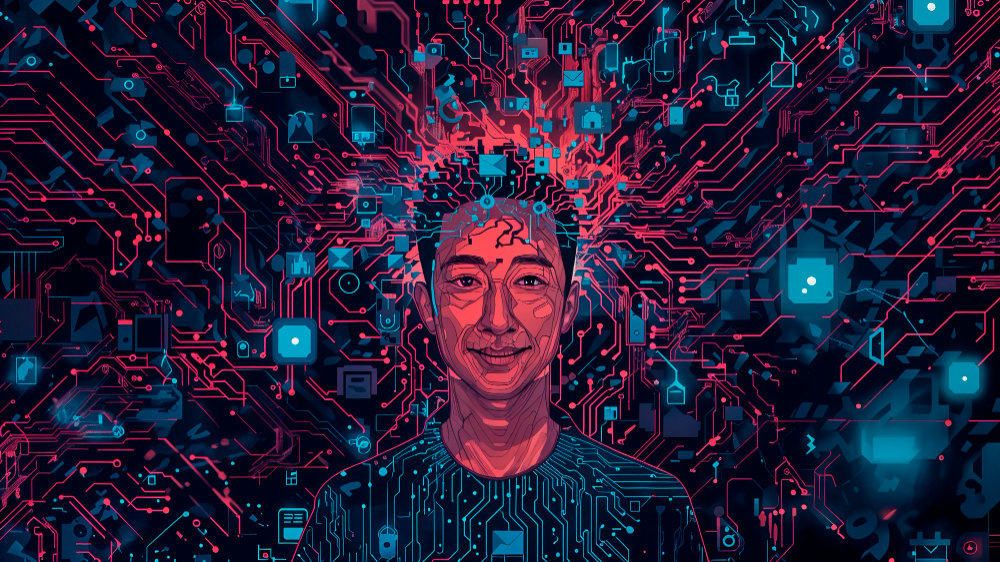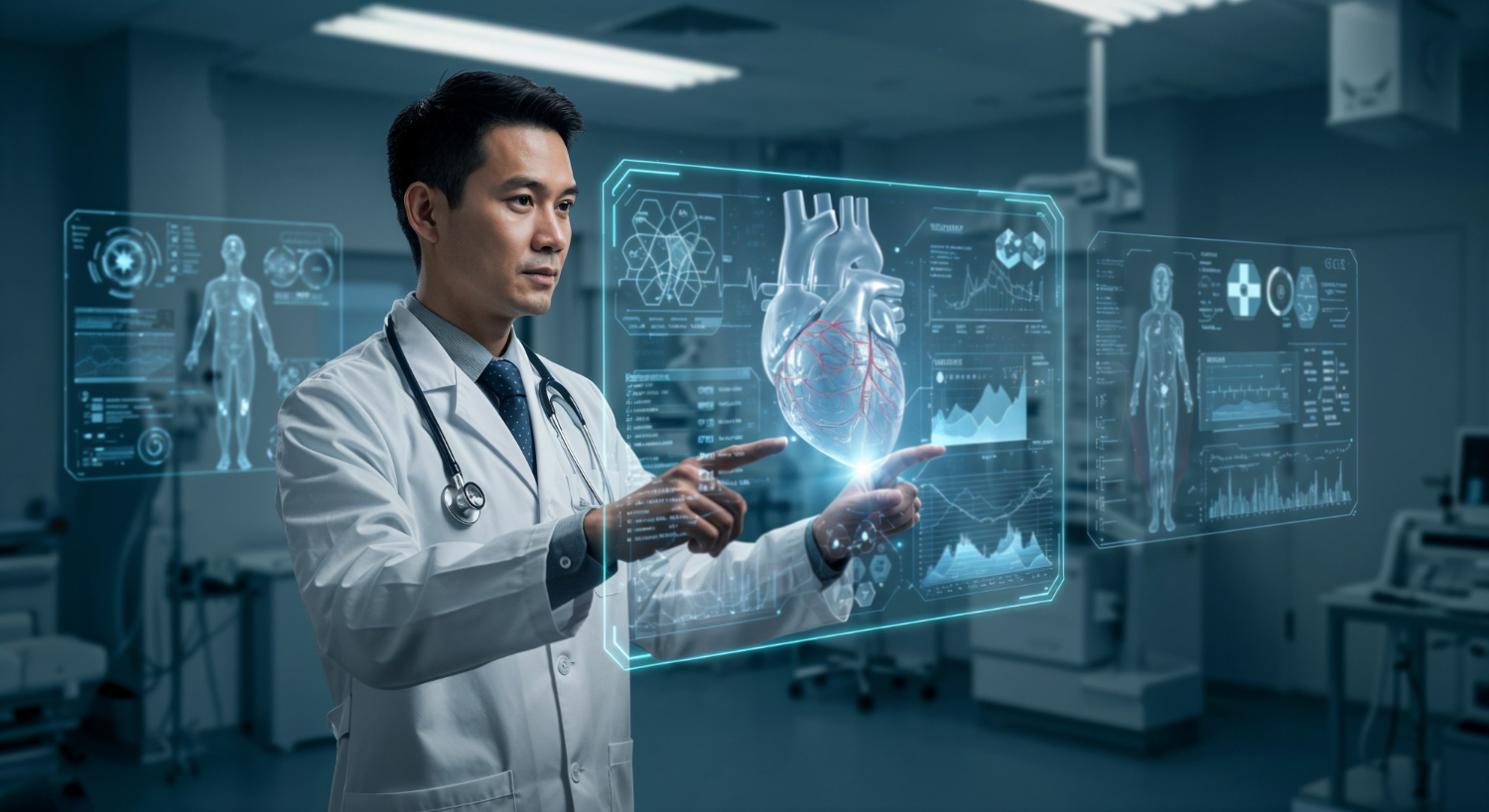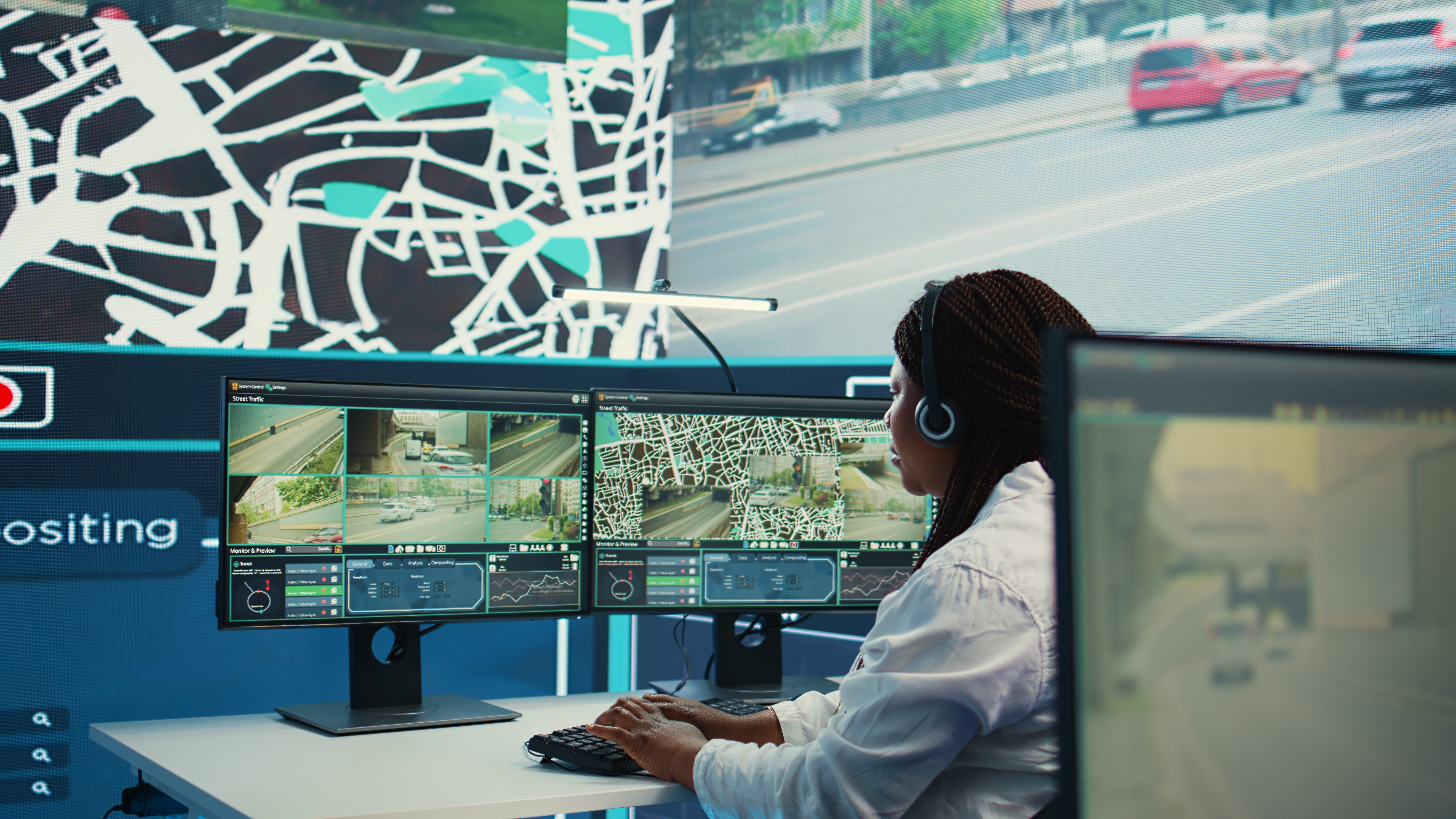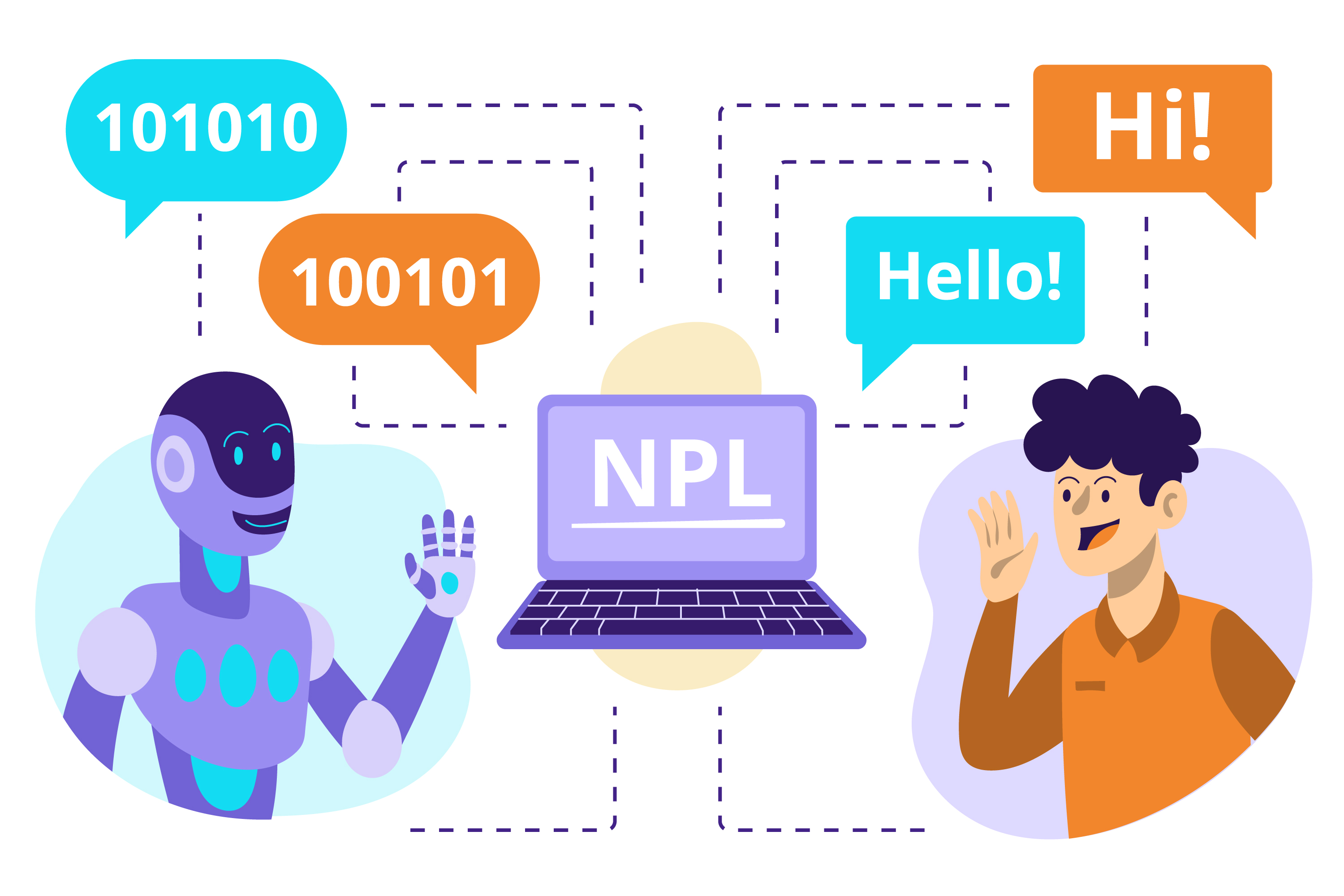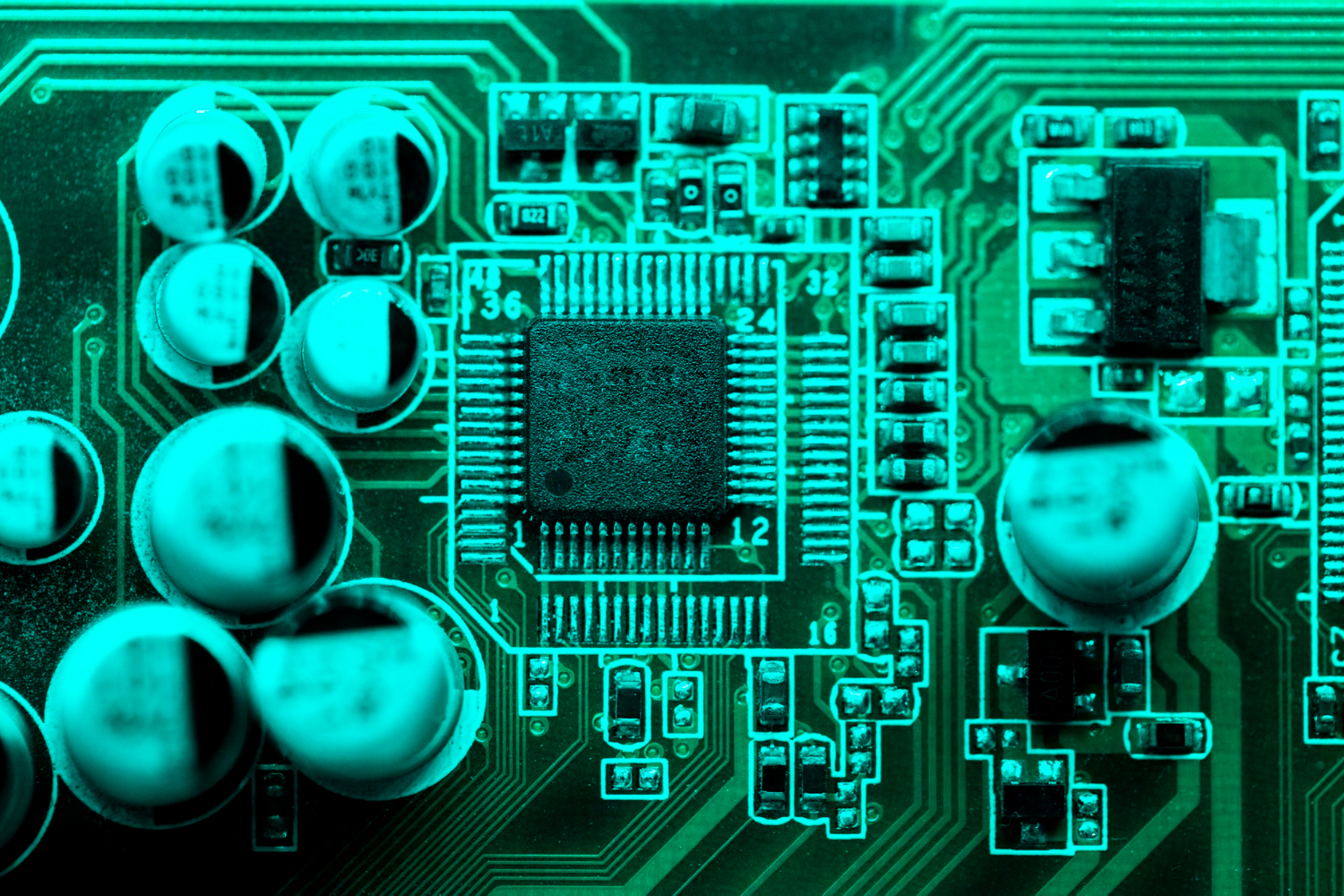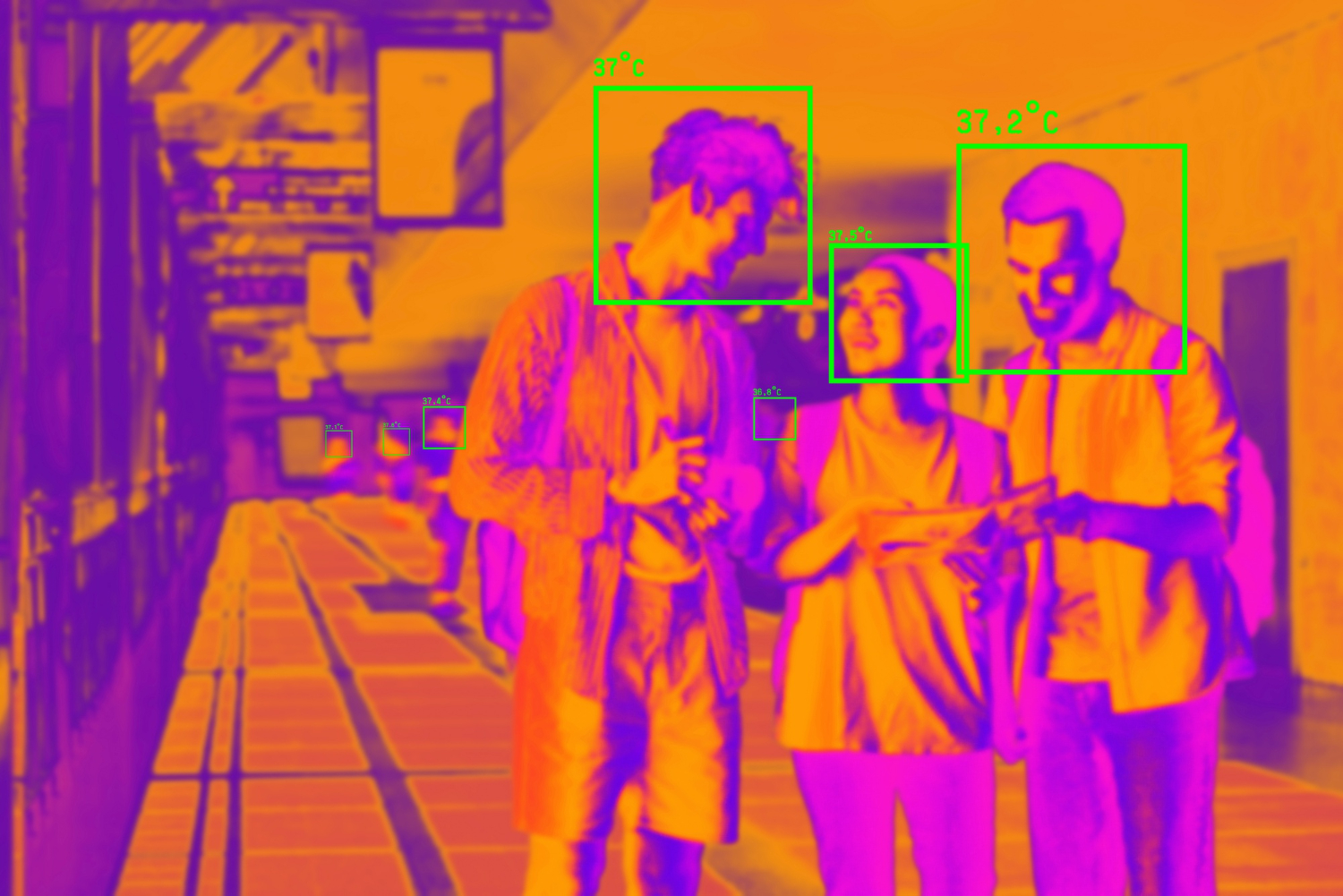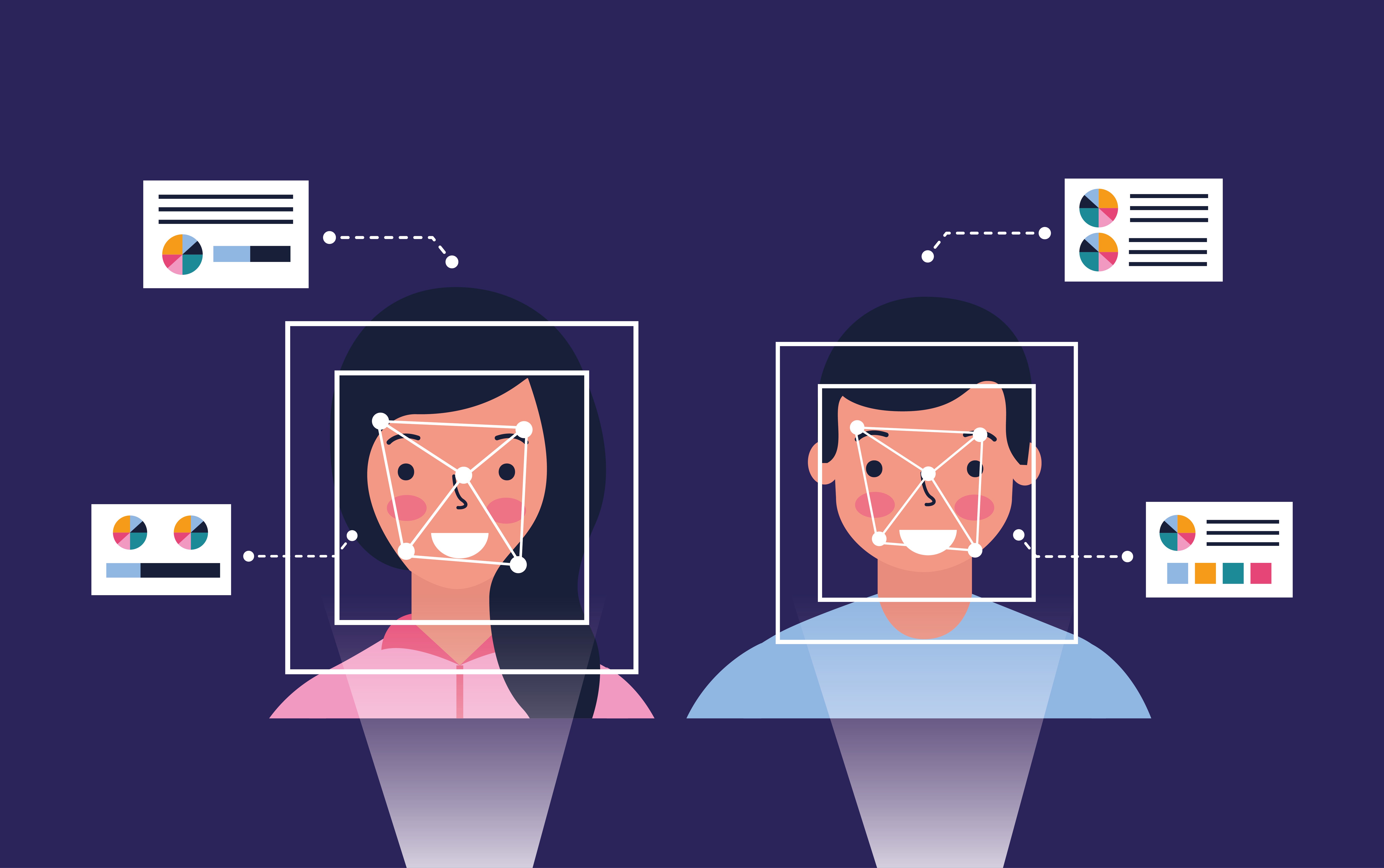The evolution of deep learning has been marked by various breakthroughs, and one of the most significant is the introduction of the transformer architecture. This model has redefined how we approach tasks in natural language processing (NLP), computer vision, and beyond. Since its debut in the 2017 paper “Attention is All You Need,” this architecture has rapidly become a foundational element in modern AI systems. Its ability to process sequences of data more efficiently and effectively than previous models has propelled advancements across various domains of artificial intelligence (AI).
The Transformer Architecture: A Deep Dive
At its core, the transformer architecture is a type of deep learning model specifically designed to handle sequential data such as text, audio, and even images. Unlike traditional models like recurrent neural networks (RNNs) or long short-term memory (LSTM) networks, which process data sequentially, transformers can handle entire sequences of data at once. This is made possible by the self-attention mechanism, a key component of the transformer model.
The self-attention mechanism allows the model to weigh the importance of different words or tokens in a sequence relative to one another. For example, in the sentence “The cat sat on the mat,” the model can learn that “cat” and “sat” are more closely related than “cat” and “mat,” despite “mat” being nearer in the sequence. This ability to focus on relevant parts of the data sequence is what gives the transformer its edge over older architectures.
The architecture itself is divided into two main components: the encoder and the decoder. The encoder takes the input sequence and processes it into a set of feature representations, while the decoder uses these representations to generate the output sequence. For tasks like machine translation, the encoder processes the source language, and the decoder generates the translation in the target language.
Efficiency and Speed: A Game-Changer in Deep Learning
One of the primary reasons for the widespread adoption of this architecture is its efficiency. Traditional RNNs and LSTMs require sequential processing, meaning they must process one word at a time. This not only slows down computation but also limits the ability of these models to capture long-range dependencies in the data. Transformers, on the other hand, can process entire sequences in parallel, significantly speeding up both training and inference.
This parallel processing capability is crucial for handling large-scale datasets, which are increasingly common in AI research and applications. Whether it’s processing vast corpora of text for language modeling or analyzing large collections of images for computer vision tasks, transformers can handle the workload more effectively than previous models.
Furthermore, the model’s ability to capture relationships between words or tokens over long distances makes it particularly well-suited for tasks that require a deep understanding of context. This is why transformers have become the backbone of many state-of-the-art NLP models, including BERT (Bidirectional Encoder Representations from Transformers) and GPT (Generative Pre-trained Transformer).
The Role of Transformers in Natural Language Processing
Natural language processing (NLP) has been one of the biggest beneficiaries of the transformer architecture. NLP tasks such as language translation, sentiment analysis, and text summarization require models that can understand the nuances of human language, including syntax, semantics, and context. Transformers have proven to be highly effective in these tasks due to their ability to capture long-range dependencies and process data in parallel.
One of the most notable transformer-based models in NLP is GPT-3, developed by OpenAI. GPT-3 is a large-scale language model that can generate human-like text based on a given prompt. Its ability to produce coherent and contextually relevant text has made it a powerful tool for applications ranging from chatbots to content generation.
Another significant model is BERT, which has been widely adopted for tasks that require a deep understanding of context, such as question answering and sentiment analysis. BERT’s bidirectional training allows it to consider the full context of a word by looking at the words before and after it in a sentence, making it highly effective for tasks that require nuanced language understanding.
Beyond NLP: Transformers in Computer Vision and Speech Recognition
While transformers were initially designed for NLP tasks, their success has led researchers to explore their potential in other areas of AI, such as computer vision and speech recognition. In computer vision, transformers are being used to improve image classification, object detection, and image generation.
Traditional computer vision models like convolutional neural networks (CNNs) are highly effective at identifying patterns in spatial data, such as images. However, they can struggle with capturing relationships between different parts of an image, particularly when those relationships span long distances. Transformers, with their self-attention mechanism, can overcome this limitation by allowing the model to focus on different parts of the image based on their relevance to the task at hand.
One of the key applications of transformers in computer vision is image classification, where the model is trained to recognize objects in images. Transformers can also be used for more complex tasks like object detection, where the model must not only identify objects but also locate them within the image.
In speech recognition, transformers have been used to improve the accuracy of models by capturing dependencies over long sequences of audio data. Traditional RNN-based models can struggle with long audio sequences, particularly when there are long pauses or variations in speaking speed. Transformers, by processing the entire sequence at once, can better handle these challenges, leading to more accurate and reliable speech recognition systems.
Comparing Transformers with Other Neural Network Architectures
To fully appreciate the impact of transformers on deep learning, it’s important to compare them with other neural network architectures that have been used for similar tasks. Two of the most common architectures before transformers were recurrent neural networks (RNNs) and convolutional neural networks (CNNs).
RNNs, including variants like LSTMs, were the go-to models for sequential data processing tasks before the advent of transformers. RNNs work by processing data one step at a time, with each step depending on the previous one. While this approach is effective for certain tasks, it has significant limitations when it comes to handling long sequences. RNNs can struggle to maintain information over long distances, leading to what is known as the “vanishing gradient problem,” where the influence of earlier data points diminishes as the sequence progresses.
Transformers, with their ability to process entire sequences in parallel, avoid these issues and can capture long-range dependencies more effectively. This makes them better suited for tasks that require understanding the context over long distances, such as language translation and text summarization.
CNNs, on the other hand, are primarily used for image processing tasks. They excel at identifying patterns in spatial data, such as edges and textures in images. However, CNNs can struggle with capturing relationships between different parts of an image, particularly when those relationships span large distances. Transformers, with their self-attention mechanism, can overcome this limitation by allowing the model to focus on different parts of the image based on their relevance to the task at hand.
Challenges in Implementing Transformers
Despite their advantages, transformers are not without challenges. One of the most significant is their demand for computational resources. Training deep learning models based on this architecture requires substantial computing power and memory, particularly when working with large datasets. This can make it difficult for smaller organizations or those with limited resources to implement these models effectively.
Another challenge is the need for large amounts of training data. Transformers are data-hungry models, meaning they require extensive amounts of labeled data to achieve high performance. In some cases, obtaining such data can be expensive or time-consuming, particularly for tasks where labeled data is scarce.
Furthermore, the complexity of the model’s architecture can make it challenging to implement and fine-tune. Unlike simpler models, transformers have many hyperparameters that need to be carefully adjusted to achieve optimal performance. This requires a deep understanding of the model and significant expertise in deep learning.
Despite these challenges, ongoing research in the field of deep learning is focused on making transformers more accessible and practical for a wider range of applications. Techniques like model distillation, which involves creating smaller, more efficient versions of large models, are helping to reduce the computational requirements of transformers. Additionally, advancements in hardware, such as the development of specialized GPUs and TPUs, are making it easier to train and deploy transformer-based models.
The Future of Transformers in AI
The transformer architecture has already had a profound impact on the field of deep learning, and its influence is likely to continue growing in the coming years. As research advances, we can expect to see transformers being applied to an even wider range of AI tasks, from natural language processing and computer vision to robotics and beyond.
One area where transformers are likely to play a significant role is in the development of general AI, also known as artificial general intelligence (AGI). AGI refers to AI systems that can perform any intellectual task that a human being can do, rather than being limited to specific tasks. The ability of transformers to capture long-range dependencies and process data in parallel makes them well-suited for developing models with the cognitive abilities required for AGI.
Additionally, as AI research continues to explore the potential of multimodal models, which can process and understand multiple types of data (such as text, images, and audio) simultaneously, transformers are likely to be at the forefront of this research. The versatility of the transformer architecture makes it an ideal candidate for developing models that can integrate and process information from different modalities.
How TechnoLynx Can Help
At TechnoLynx, we are committed to staying at the cutting edge of AI research and development. Our team of experts has extensive experience in implementing transformer-based models across various industries, from natural language processing and computer vision to more specialized applications.
We understand the challenges associated with implementing and fine-tuning these models, particularly the computational requirements and the need for large amounts of training data. That’s why we offer tailored solutions to help organizations overcome these challenges and leverage the power of transformers for their specific needs.
Whether you’re looking to develop a custom NLP model, improve your machine translation system, or explore the potential of this architecture in computer vision, TechnoLynx is here to help. We provide end-to-end support, from model development and training to deployment and optimisation, ensuring that you get the most out of your AI investment.
Conclusion
This new approach represents a significant leap forward in the field of deep learning. Its ability to handle long-range dependencies and process data in parallel has made it the go-to choice for many modern AI applications. As research continues to advance, we can expect this architecture to play an even more prominent role in the future of artificial intelligence.
If you’re interested in exploring the potential of this approach for your organisation, contact TechnoLynx today. Our team is ready to help you navigate the complexities of deep learning and unlock new opportunities for innovation.
Image credits: Freepik

